
Active Directory. Designing, Deploying, and Running Active Directory. 4th Edition Brian Desmond, Joe Richards, Robbie Allen
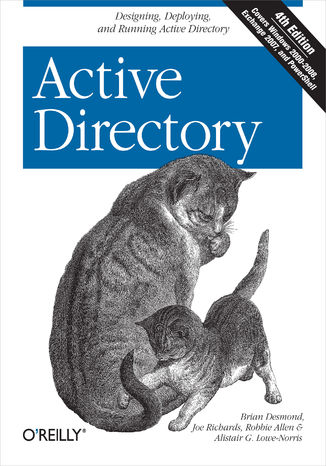

- Autorzy:
- Brian Desmond, Joe Richards, Robbie Allen
- Wydawnictwo:
- O'Reilly Media
- Ocena:
- Stron:
- 866
- Dostępne formaty:
-
ePubMobi
 opcje wysyłki »
opcje wysyłki »
Opis
książki
:
Active Directory. Designing, Deploying, and Running Active Directory. 4th Edition
To help you take full advantage of Active Directory, this fourth edition of this bestselling book gives you a thorough grounding in Microsoft's network directory service. With Active Directory, you'll learn how to design, manage, and maintain an AD infrastructure, whether it's for a small business network or a multinational enterprise with thousands of resources, services, and users.
This detailed and highly accurate volume covers Active Directory from its origins in Windows 2000 through Windows Server 2008. But unlike typical dry references, Active Directory presents concepts in an easy-to-understand, narrative style. With this book, you will:
- Get a complete review of all the new Windows 2008 features
- Learn how Active Directory works with Exchange and PowerShell
- Take advantage of the updated scripting and programming chapters to automate AD tasks
- Learn how to be more efficient with command-line tools
- Grasp concepts easily with the help of numerous screenshots and diagrams
Ideal for administrators, IT professionals, project managers, and programmers alike, Active Directory is not only for people getting started with AD, it's also for experienced users who need to stay up-to-date with the latest AD features in Windows Server 2008. It is no wonder this guide is the bestselling AD resource available.
Wybrane bestsellery
Brian Desmond, Joe Richards, Robbie Allen - pozostałe książki
O'Reilly Media - inne książki
Dzięki opcji "Druk na żądanie" do sprzedaży wracają tytuły Grupy Helion, które cieszyły sie dużym zainteresowaniem, a których nakład został wyprzedany.
Dla naszych Czytelników wydrukowaliśmy dodatkową pulę egzemplarzy w technice druku cyfrowego.
Co powinieneś wiedzieć o usłudze "Druk na żądanie":
- usługa obejmuje tylko widoczną poniżej listę tytułów, którą na bieżąco aktualizujemy;
- cena książki może być wyższa od początkowej ceny detalicznej, co jest spowodowane kosztami druku cyfrowego (wyższymi niż koszty tradycyjnego druku offsetowego). Obowiązująca cena jest zawsze podawana na stronie WWW książki;
- zawartość książki wraz z dodatkami (płyta CD, DVD) odpowiada jej pierwotnemu wydaniu i jest w pełni komplementarna;
- usługa nie obejmuje książek w kolorze.
Masz pytanie o konkretny tytuł? Napisz do nas: sklep@ebookpoint.pl
Książka drukowana



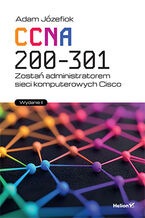
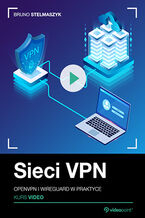



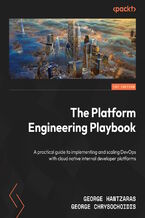

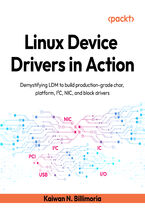


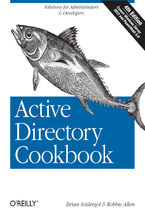
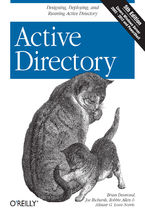
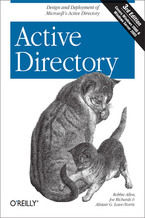
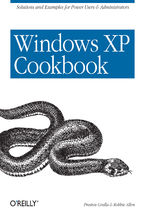
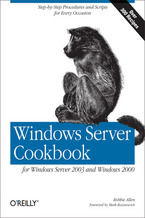
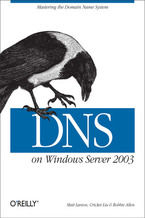






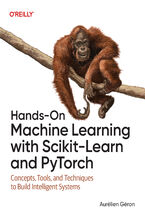
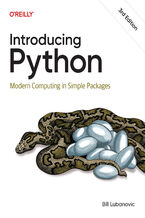
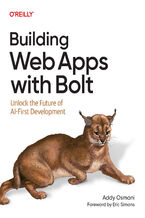
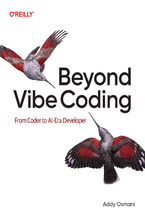
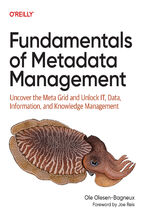


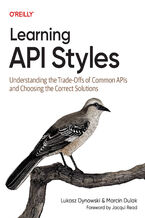
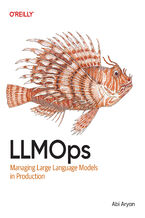
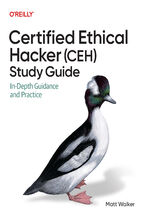
Oceny i opinie klientów: Active Directory. Designing, Deploying, and Running Active Directory. 4th Edition Brian Desmond, Joe Richards, Robbie Allen
(0)